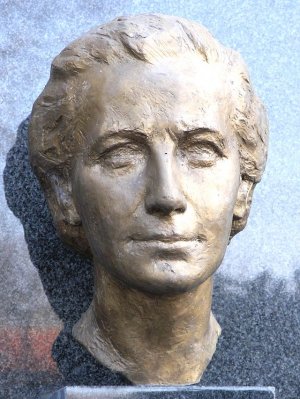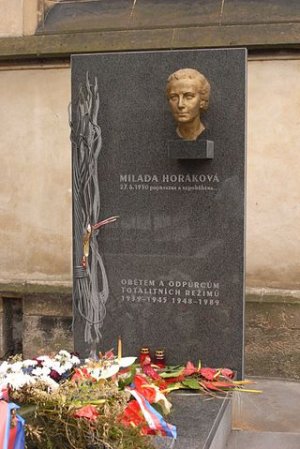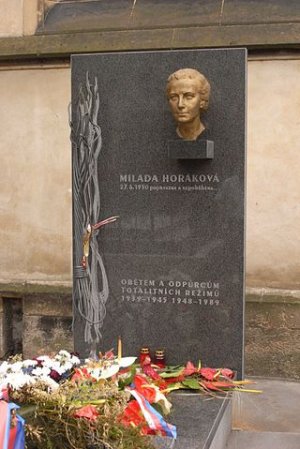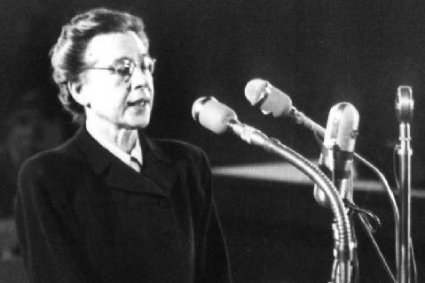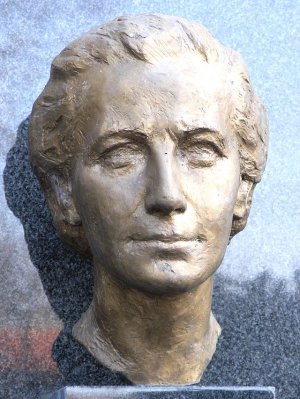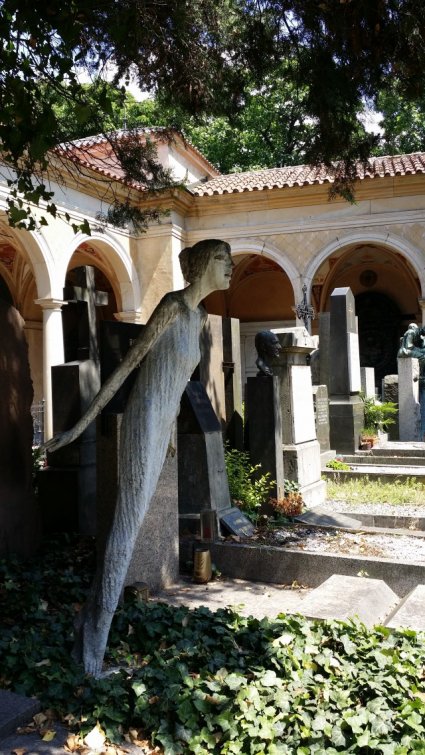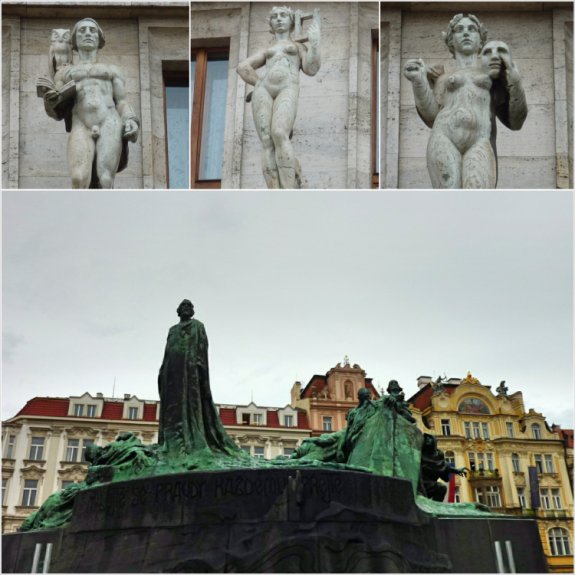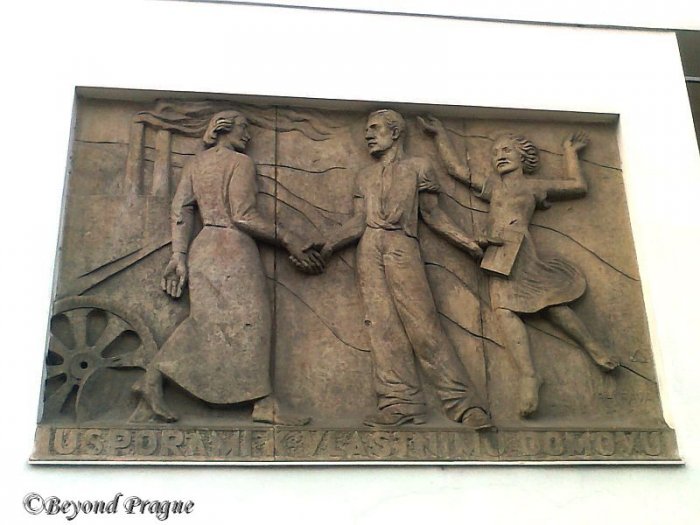Social Realism and the Depiction of Women
The statues in Prague depict women in the modes of Renaissance, Rococo,Baroque, Gothic, Greek and more! One prominent and fascinating way of looking at women depicted in Prague is the way Communist Era changed the depiction of women from decorative and symbolic objects to full-bodied, strong, feminine workers.
When and how and why are women are women depicted in such a way? Is it limiting? Is it expansive // Empowering?? Is it freeing? This depiction celebrated women as workers and mothers which many women who have lived under Communism still react against. However, this working woman, this "productive" woman has become part of the daily fierce Womanly landscape that Libuše and šarka established in the Praha Vicinity. However, however however, these women do not reside on top of hills in enclosed in formal, royal fortresses -- these women line the streets and adorn doorways. the depiction of These "everyday" women act as subtle resistance peices where women equal men, where women can react violently against men, where women can work as much and as hard as men, where women can maintain or shirk the beauty//confines of femininity.
Add some text, Yo! Click this text box to change the text, style, color and fonts.
Add some text, Yo! Click this text box to change the text, style, color and fonts.
Add some text, Yo! Click this text box to change the text, style, color and fonts.
Add some text, Yo! Click this text box to change the text, style, color and fonts.
